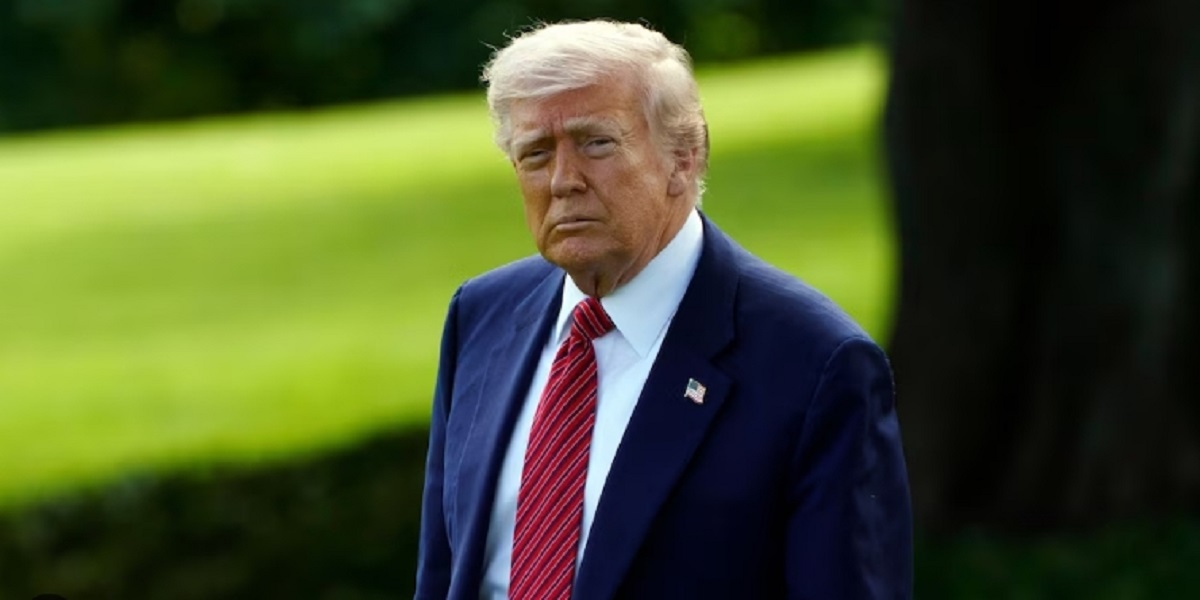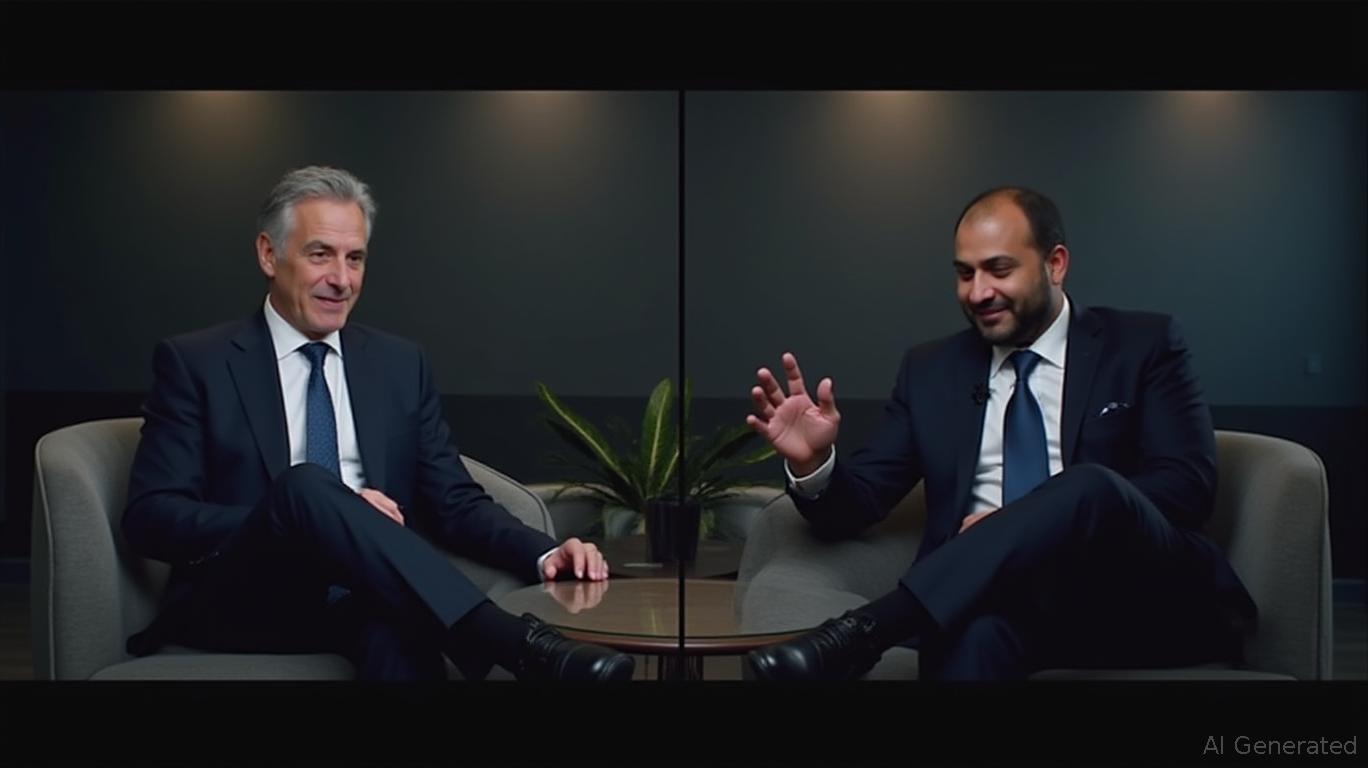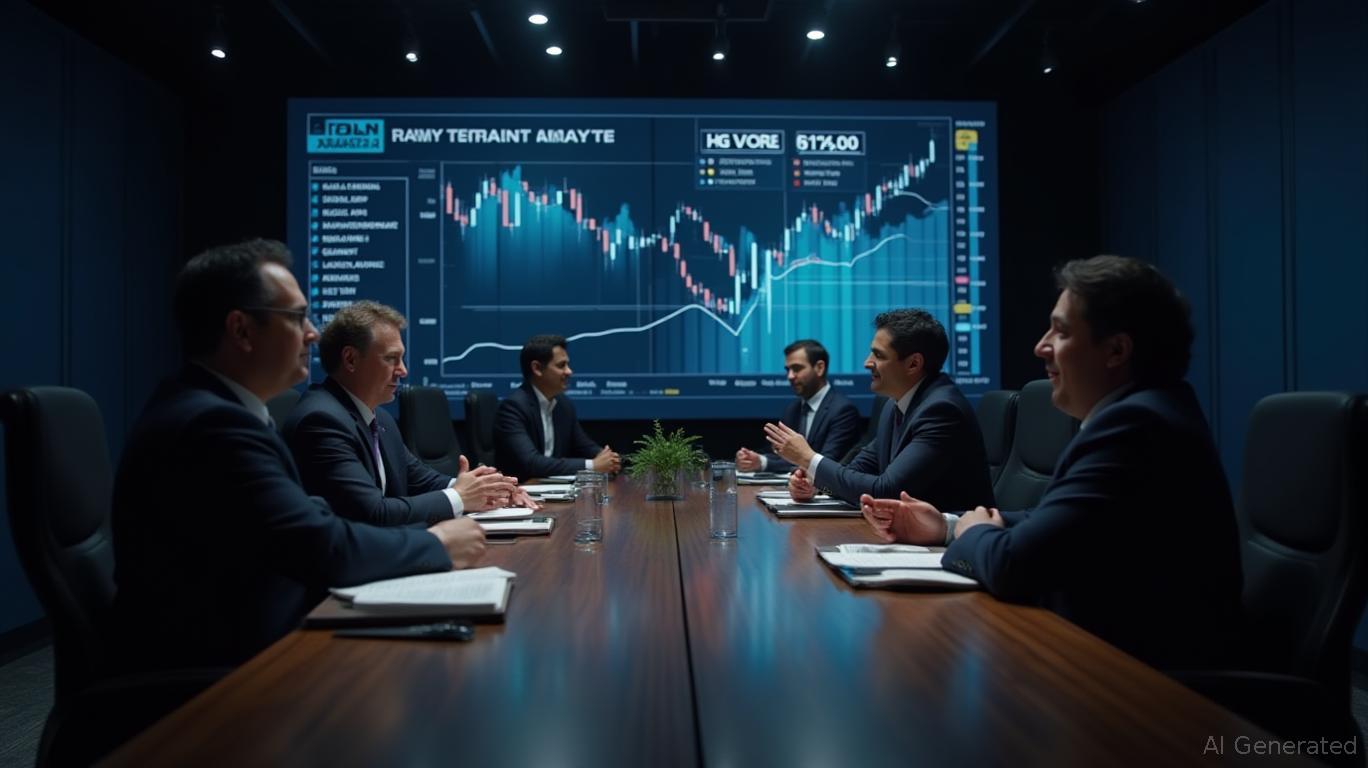NXP’s Leadership Transition: A Smooth Handover or a Risky Gamble?
NXP Semiconductors NV is set to undergo a pivotal leadership transition in late 2025, as long-serving CEO Kurt Sievers retires after a 30-year career. The Dutch chipmaker has confirmed that Rafael Sotomayor, a seasoned executive and architect of its current strategy, will take the helm as CEO by October 28, 2025. This transition arrives amid a challenging semiconductor market, with global tariffs and supply chain disruptions clouding the outlook. Investors now face a critical question: Will Sotomayor’s internal succession ensure stability, or does the handover risk derailing NXP’s progress in high-growth sectors like automotive and industrial IoT?

The Transition Plan: Stability or Uncertainty?
Sievers, who has led NXP since May 2020, announced his retirement as part of the company’s first-quarter 2025 earnings report. The move was described as “purely personal,” with no indication of discord with the board or financial mismanagement. Sotomayor, currently the company’s President, will step into the CEO role after a six-month transition period. This staggered approach aims to ensure continuity, with Sievers and Sotomayor collaborating until October 2025.
The board’s confidence in Sotomayor stems from his 30-year tenure at NXP, during which he helped shape its High-Performance Mixed Signal (HPMS) strategy and spearheaded key initiatives, including the $307 million acquisition of Kinara Inc. in 2025. Sotomayor’s deep expertise in automotive and industrial markets aligns with NXP’s focus on “intelligent systems at the edge,” a growth area driven by demand for advanced driver-assistance systems (ADAS), connected vehicles, and smart IoT devices.
Market Reaction: Concerns Amid Softening Demand
The succession announcement coincided with NXP’s first-quarter 2025 earnings, which revealed a 9% year-on-year revenue decline to $2.84 billion. While the company maintained profitability with non-GAAP diluted net income of $2.64 per share, investors reacted cautiously. NXP’s shares dropped 7% in after-hours trading, reflecting broader worries about leadership stability and the semiconductor industry’s macroeconomic headwinds.
The stock’s trajectory highlights the tension between NXP’s strategic strengths and near-term challenges. While Sotomayor’s internal promotion reduces the risk of abrupt strategic shifts, the company must navigate a market where demand for semiconductors remains volatile. The automotive sector, a core growth driver for NXP, faces its own pressures, including supply chain bottlenecks and shifting consumer preferences for electric vehicles (EVs).
Risks and Opportunities Ahead
Sotomayor’s success hinges on executing NXP’s existing roadmap while addressing emerging threats:
1. Tariff-Driven Uncertainty: NXP operates in a market where U.S.-China trade tensions and export controls have disrupted supply chains. The company’s Q1 2025 report cited “very uncertain” conditions driven by tariffs, which could persist into 2026.
2. Competitive Pressures: Rivals like Renesas and Infineon are accelerating investments in automotive and IoT semiconductors. NXP’s ability to defend its leadership in ADAS and industrial IoT will be critical.
3. Cost Discipline: With revenue down 9% year-on-year, Sotomayor must balance R&D spending on next-gen technologies—such as the MCX L Series microcontrollers—against margin protection.
Conclusion: A Strategic Handoff, But Challenges Remain
NXP’s leadership transition is a calculated move to preserve its strategic trajectory under an executive deeply familiar with its operations. Sotomayor’s proven track record in shaping NXP’s HPMS strategy and executing acquisitions like Kinara positions him well to capitalize on long-term trends in automotive electrification and industrial IoT.
However, the near-term outlook is fraught with risks. The semiconductor industry’s cyclical nature, coupled with macroeconomic uncertainties, could test Sotomayor’s ability to deliver consistent growth. Investors should monitor NXP’s Q2 2025 results, which the company projects to be between $2.8–3.0 billion in revenue—a modest recovery from Q1’s decline.
For now, the succession plan appears to prioritize stability over disruption. With Sotomayor’s deep institutional knowledge and the board’s explicit support, NXP’s transition may prove smoother than feared. Yet, investors must remain vigilant about external headwinds that could complicate the handover—and the chipmaker’s path forward.
Date | Business Composition | Revenue By Business |
|---|---|---|
| 20230101-2025 | Interest | 15.95M |
| 20230101-2025 | Interest | 30.18M |
| 20230101-2025 | Interest | 14.82M |
| 20230101-2025 | Interest | 25.47M |
| 20230101-2025 | Interest | 10.94M |
Name |
|---|
| Nuveen Select Tax Free Income PortfolioNXP |
| Nuveen Select Tax Free Income PortfolioNXP |
| Nuveen Select Tax Free Income PortfolioNXP |
| Nuveen Select Tax Free Income PortfolioNXP |
| Nuveen Select Tax Free Income PortfolioNXP |
In conclusion, NXP’s leadership transition is both a strategic strength and a test of its resilience. Sotomayor’s tenure will be defined by his ability to navigate these crosscurrents while delivering on NXP’s vision of “intelligent systems at the edge.” For investors, the next 12 months will be a critical proving ground.










